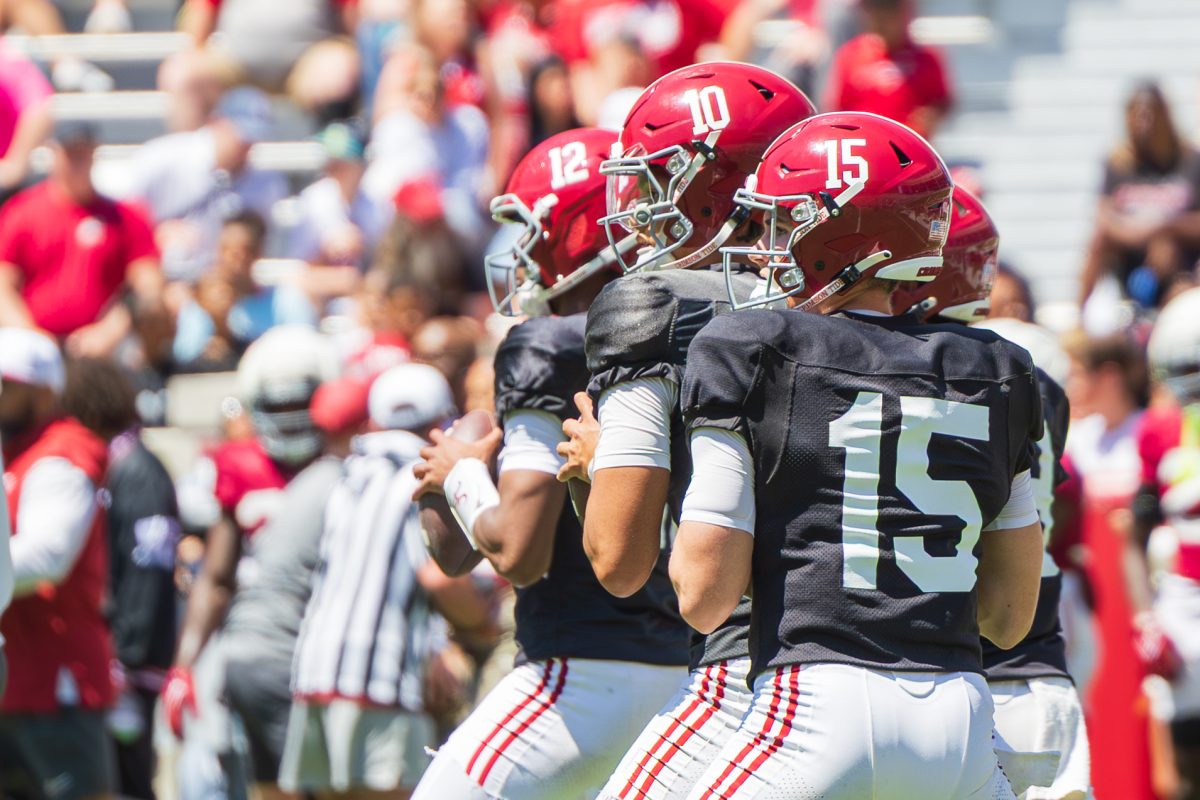“The noise here is beautiful. I honestly can’t believe we are in America,” ESPN writer Roger Bennett said during a U.S. World Cup Qualifier last month.
On Aug. 25, world-renowned athlete Clint Dempsey led his Seattle Sounders to victory over my beloved Portland Timbers in front of 68,000 fans – a sold-out stadium. On Sept. 29, world-renowned athlete Adrian Peterson powered the Minnesota Vikings to victory over the Pittsburgh Steelers in front of 83,000 fans – a sold-out stadium. Sold-out stadiums for sports are not extraordinary in and of themselves, but these matchups were unusual on several levels.
The latter game, for example, took place not in Minnesota’s Metrodome, but in London’s Wembley Stadium – famously the home of the England National Football Team. And the former? A regular season Major League Soccer match in Seattle’s CenturyLink Field – home to the Seattle Seahawks, and now officially the ‘loudest fans in the world.’ The match was not only a sellout of an NFL stadium, but also the third best-attended soccer match anywhere in the world. Yet, to many, soccer has no place in the U.S.
In truth, and much to the chagrin of ‘anti-soccer’ types, the beautiful game has been steadily growing in the U.S. for decades. Grantland Network’s and Sirius XM’s soccer show “Men in Blazers” refers to the sport as “America’s Game of the Future since 1972.” That makes sense because in the 1970s the North American Soccer League — then the highest league in the U.S. — regularly drew sell-out crowds to places like Giants Stadium or the Rose Bowl. In fact, when the USA hosted the World Cup in 1994, average attendance for a match hovered around 70,000 – a FIFA record that stands today, despite tournaments held in soccer strongholds the world over, including Germany and Italy. And still, to many, soccer has no place in the U.S.
If people attend soccer matches in such numbers in the U.S., why does the perception of soccer as ‘un-American’ persist? Why the reluctance to embrace the game? Perhaps Americans just don’t think the U.S. is any good at soccer. Never mind the quarterfinal finish at the 2002 World Cup, including a victory over Portugal and a 2-0 victory over Mexico. Never mind a 2-0 victory over Spain in the 2009 Confederations Cup. To dispel this notion of inferiority, look at the recent results: 12 consecutive wins (the second longest streak in world history) and a dominant 2-0 win over supposed powerhouse Mexico.
The U.S. Men’s National Team is, quite simply, the dominant team in North America: best in World Cup Qualification and current Regional Champions by way of the CONCACAF Gold Cup. According to FIFA, the U.S. is the 13th best soccer team in the world and is poised to rise higher in the rankings, should results fall well. And the most exciting part to a U.S. Soccer supporter: People are watching.
The 2010 World Cup Final drew a 9.3 Nielsen rating on ESPN. UEFA Champions League viewership is up 676 percent in the past decade. ESPN and NBC are investing hundreds of millions of dollars into soccer broadcasts, and viewers are tuning in at record numbers. The most recent U.S. World Cup Qualifier, which clinched a spot in World Cup 2014, drew seven million viewers on a Tuesday night.
The U.S. Men’s National Team is about to embark on what is essentially a victory lap in World Cup qualifying. Coach Jurgen Klinsmann said he wants to use the matches as a chance to foster team chemistry and competition before the World Cup in Brazil next summer. The United States almost certainly won’t win the World Cup, but they’ll fight their hardest, he says. Next summer, the whole world will be watching them – especially Americans, waiting to hear another call like Ian Darke’s in 2010: “Goal, goal USA! Oh, it’s incredible!”








